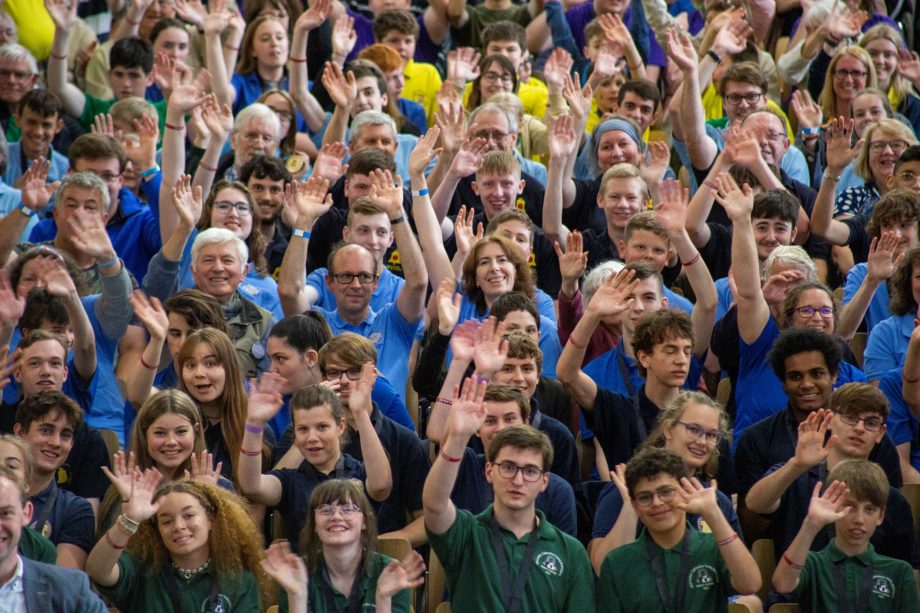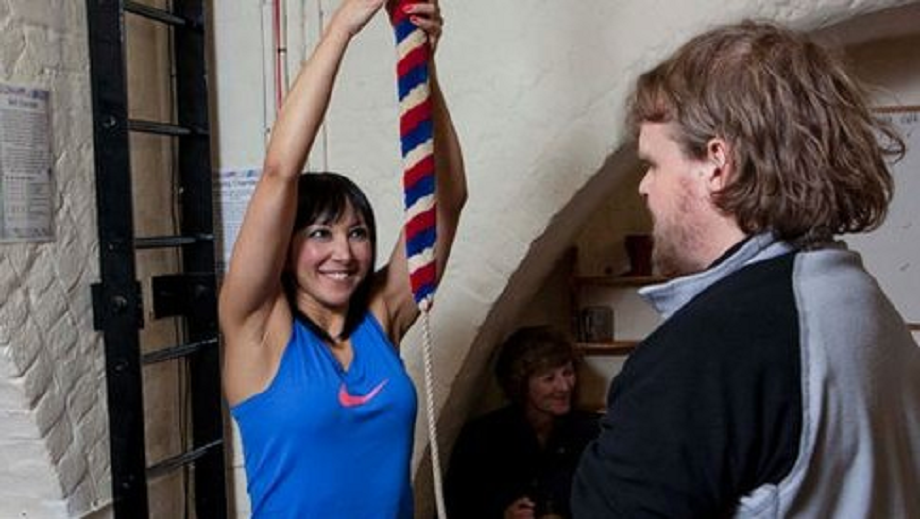In the 21st century ringers include a wide cross section of the community and age groups. There are ringers of over 90 who have rung full, 3-hour peals and at the other end of the scale those as young as 6 ring.
From the earliest days of bellringing history, when ringing the bells was much harder work, the bellringers would always retire to the pub. This tradition continues today, and you can often find a band of bellringers visiting the local pub after an evening ringing session. But bellringers also do far more, with often monthly gatherings and social events including meals, quizzes. Many ringers take a short break away each year to ring on different bells across the country – or even as far a field as Australia!
Bellringers often form groups or societies. Some groups focus on occupations (e.g. Banking, Medical, Firemen, Railway employees, Police, and the Military) and some are based on other common interests (e.g. Cycling and Camping). There are other connected groups too such as the Zipper Society where members have all had open-heart surgery. Lots of diverse groups meet and arrange tours and social events during each year. Other ad hoc groups of friends meet and ring together either touring or ringing long lengths known as quarters or peals.
Join thousands of young ringers up and down the country. It’s fun, challenging, active and has the opportunity to visit loads of new places with lots of new people.

Many bellringers learn as young people, and have continued ringing throughout their whole life. In most bell towers you can learn to ring from age 11, as it is much more about technique than strength. Once you can ring the basics, there are local young ringers groups to join which have social trips and events to meet friends and have fun. Many universities also have active Ringing Societies.
You’ve heard of workouts with dumbbells? Now try church bells!
Bells are the largest and loudest instrument in the world. But they are also the perfect way to get gentle physical exercise and increase active living for people who are looking for alternatives to conventional sport. What’s even better is that bellringing is open to everyone – young and old – and with any level of existing fitness. Whilst bells can weigh up to 4,500kg, most are much lighter and are rung using mainly technique rather than strength. The movement of bellringing often helps many people to stay active longer and increase agility. Professional trainers and health experts now recommend bellringing to:

Research commissioned by The Churches Conservation Trust asked experts from fitness and training provider, YMCA Fit, to observe the process of bellringing. They found that bellringers could look forward to improved agility, co-ordination, reaction time and balance, plus improved muscle endurance and cardiovascular fitness.
The study also identified that as a gentle and inherently sociable pastime, bellringing was an ideal gateway to improved fitness and healthy living. Bellringing requires you to think and use your memory, which is great for keeping the mind as well as the body active. And the fact it’s a social activity means it’s an ideal way for everyone to feel part of a group and embedded in their own communities.
